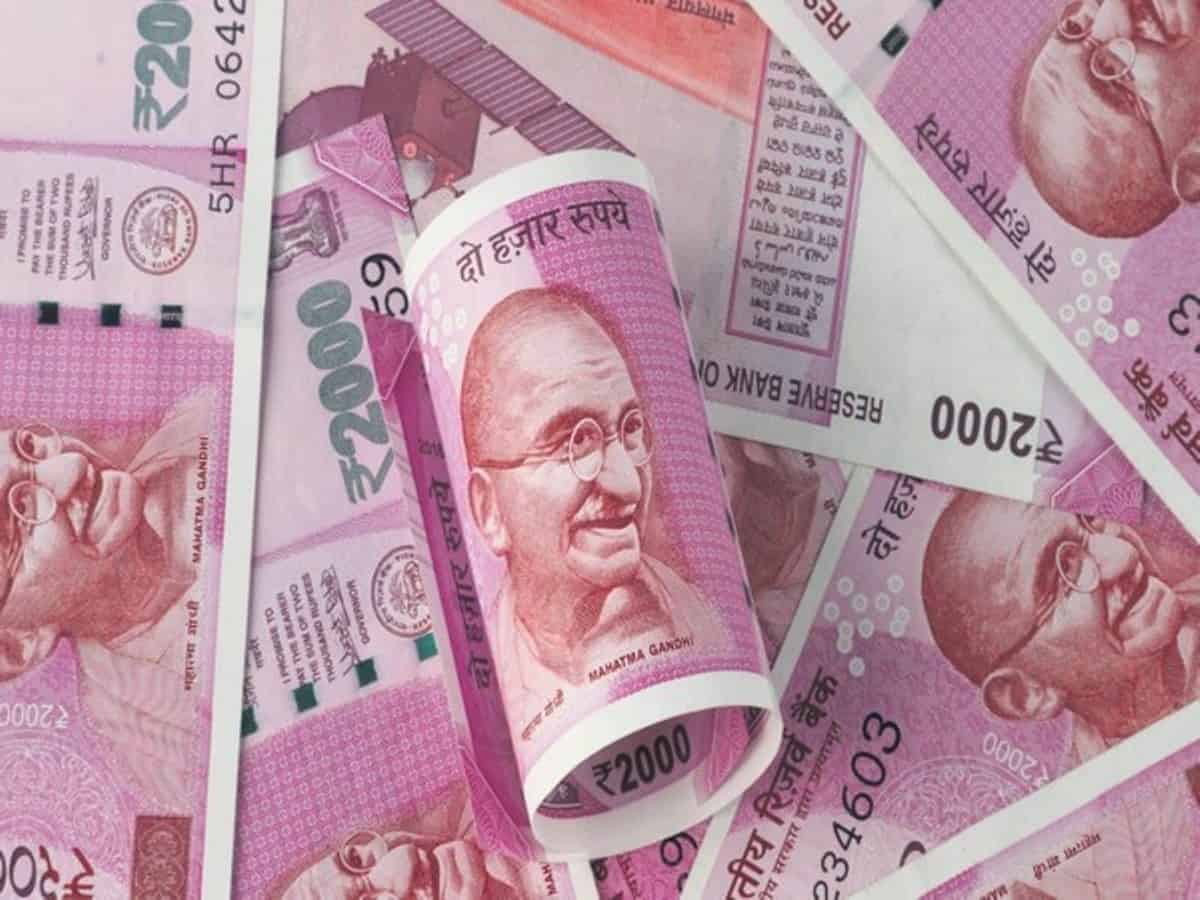
The recent announcement by the Reserve Bank of India (RBI) to withdraw the Rs 2000 denomination notes, which were introduced following the 2016 demonetisation, has once again brought the spotlight on the history of demonetisation in India.
While the 2016 demonetisation was highly debated, it was not the first instance of certain denomination notes being banned.
History of paper currency, demonetisation in India
The issuance of paper currency in India can be traced back to the late eighteenth century. The initial series of notes was the Victoria Portrait Series, with denominations of 10, 20, 50, and 100. In 1867, this series was replaced by the Underprint Series.
The establishment of RBI on April 1, 1935, saw the introduction of Rs 1000 and Rs 10,000 denomination notes in 1938. These high denomination notes remained in circulation until 1946 when the government decided to demonetise them. It was first demonetisation in the history of India.
In 1954, high denomination notes i.e., Rs 1000 and Rs 10,000, were reintroduced. However, in 1978, the Janata Party-led coalition government carried out the second demonetisation, banning these notes once again. This move marked the second instance of demonetisation in India.
In 1987, Rs 500 notes were reintroduced, followed by the introduction of Rs 1000 notes in 2000. The Mahatma Gandhi (MG) series currency notes were issued in 1996, which were later replaced by the MG series 2005 currency notes.
The 2016 demonetisation
The 2016 demonetisation, implemented on November 16, created significant controversy as it involved the demonetisation of Rs 500 and Rs 1000 notes which resulted in a massive withdrawal of cash from the Indian economy.
Among all the demonetisations in the history of India, it is the most debated one. According to an RBI report in 2018, approximately 99.3 percent (Rs 15.3 lakh crore) of the demonetised bank notes were deposited in banks.
After the demonitisation, new Rs 500 and Rs 2000 curreny notes were introduced.
Withdrawal of Rs 2000 notes
Although the RBI’s recent announcement to withdraw Rs 2000 notes from circulation was made on Friday, the printing of these notes had already ceased in the 2018-19 financial year.
As of March 31, 2023, the total value of Rs 2000 notes in circulation declined from Rs 6.73 lakh crore to Rs 3.62 lakh crore, constituting only 10.8 percent of the total notes in circulation.
Under the new guidelines issued by the RBI, banks are allowed to exchange Rs 2000 banknotes up to a limit of Rs 20,000 per account holder, with a maximum of 10 notes per transaction.
